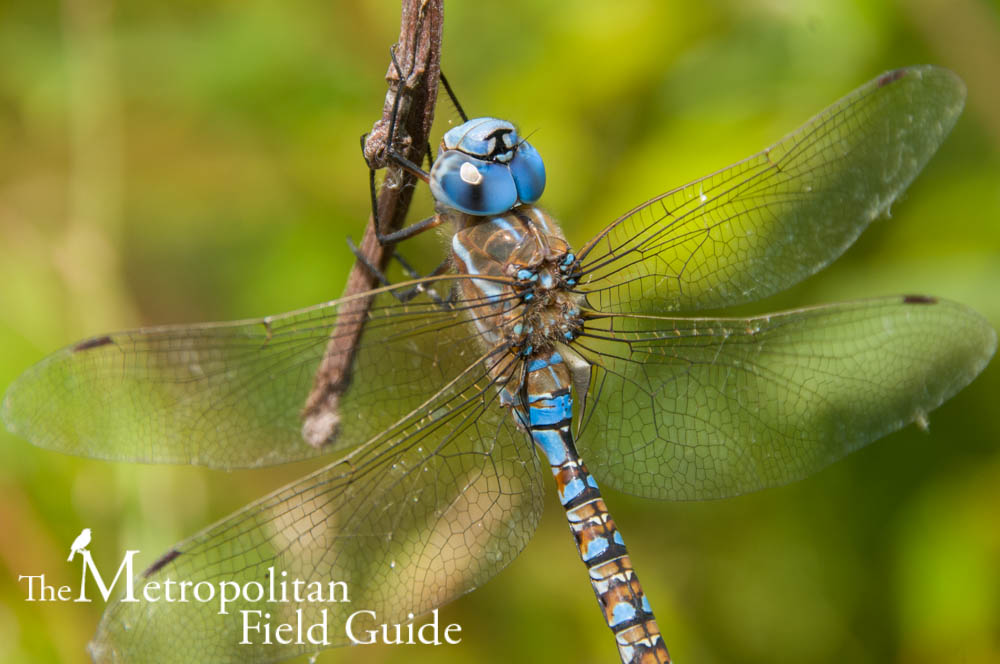 Dragonflies are a little more difficult to design for than butterflies or even birds because they require a permanent water source because nearly every period in their different life cycle is spend in or around water. This makes it more difficult to plan for dragonfly habitat in an urban setting, but not impossible.
Dragonflies are a little more difficult to design for than butterflies or even birds because they require a permanent water source because nearly every period in their different life cycle is spend in or around water. This makes it more difficult to plan for dragonfly habitat in an urban setting, but not impossible.
Dragonflies get very little attention compared to butterflies and birds when it comes to attracting and designing for them, but fortunately there are some good resources.
ONLINE RESOURCES
Dragonfly: Learn the basics about dragonflies with this document from the Oregon State University Extension Service such as their importance in the ecosystem, their favorite foods and a description of their natural habitat.
Create a Garden Pond for Wildlife is an excellent document from the Oregon State University Extension Service and talks about all of the planning and logistics of creating a pond including size, pumps, materials, plants, maintenance, and the basics of pond ecology.
The Backyard Wildlife Pond is another good resource on designing a pond by the Washington Department of Fish and Wildlife that includes much of the same information as the above resource but with some excellent diagrams and drawings.
Attracting Aerial Acrobats to Your Yard is a good article from the National Wildlife Federation about the basics of creating habitat from a wooden barrel to a fully landscaped pond.
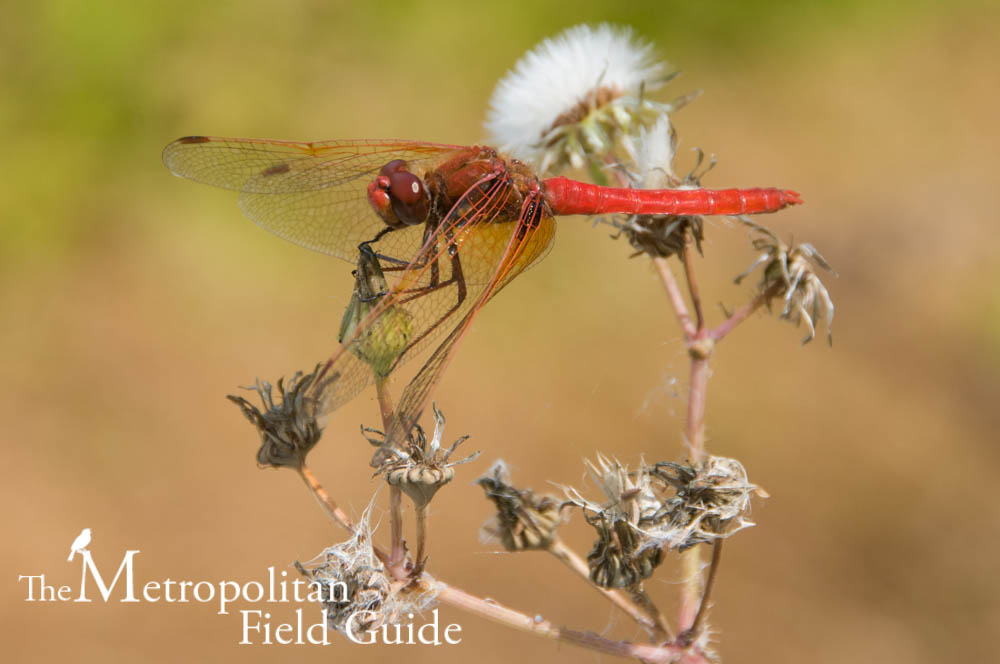 BOOKS
BOOKS
There are also a number of excellent book resources about dragonflies.
Dragonflies (Wild Guide) gives an excellent overview to the life cycle of dragonflies and describes all of their stages in good detail. This book provides an excellent understanding which is essential to providing good habitat for all stages in a dragonflies life. There is also a good chapter about attracting dragonflies.
Dragonflies and Damselflies of the West is a new book by local expert Dennis Paulson and gives great descriptions of all of the dragonflies found in the Pacific Northwest and beyond, with many images of males, females, immatures and many other variations. The beginning of the book has another good description of the life cycle of dragonflies and other behaviors such as perching, sleeping, flight, feeding and predator defense. There is also a good section on anatomy.
Dragonflies of Washington is another booklet by Dennis Paulson and published by Seattle Audubon, but it’s not anywhere near as detailed as the previously mentioned book above. It is good for narrowing down local species quickly and then referencing the above book for more information.
Dragonflies & Damselflies of the Willamette Valley, Oregon is a fantastic book that I have nearly worn out carrying around and referencing during the time I lived in the Willamette Valley. It also has a good description of the life cycle and anatomy with some good illustrations.
I love dragonflies and I love spending time taking photographs of them. Below are a few that I’ve taken over the last few years. They are all natural poses, I do not catch and pose them, I never touch them. Instead I use another tactic, patience. I hope you enjoy them.
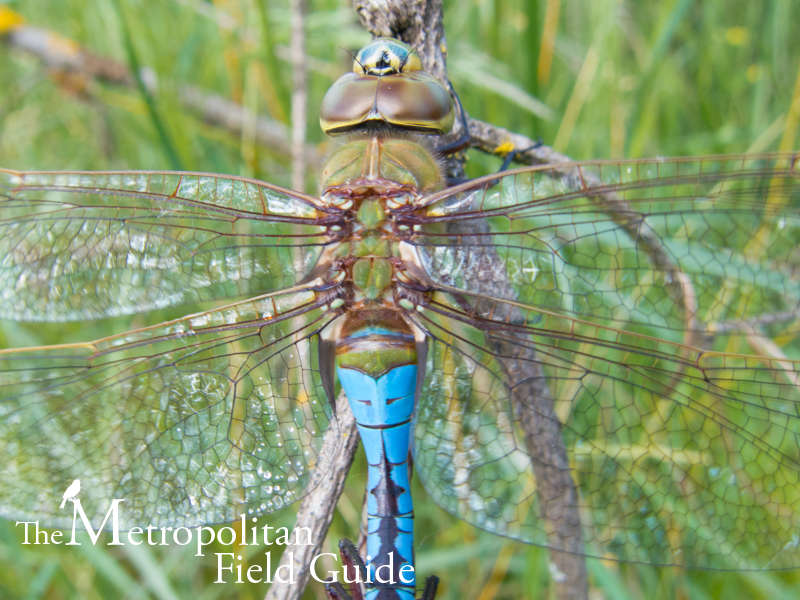
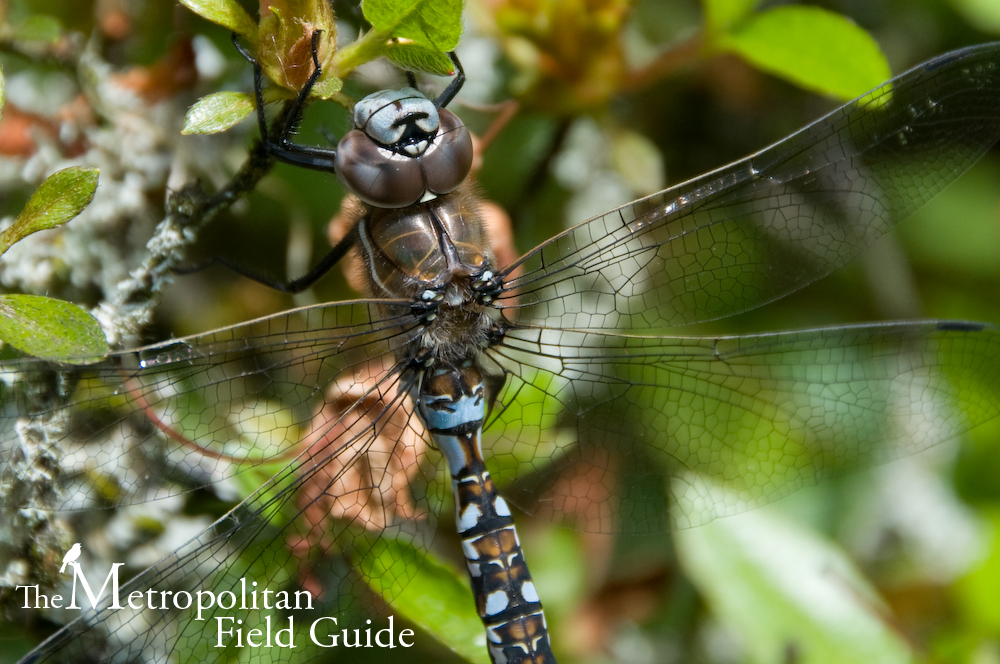
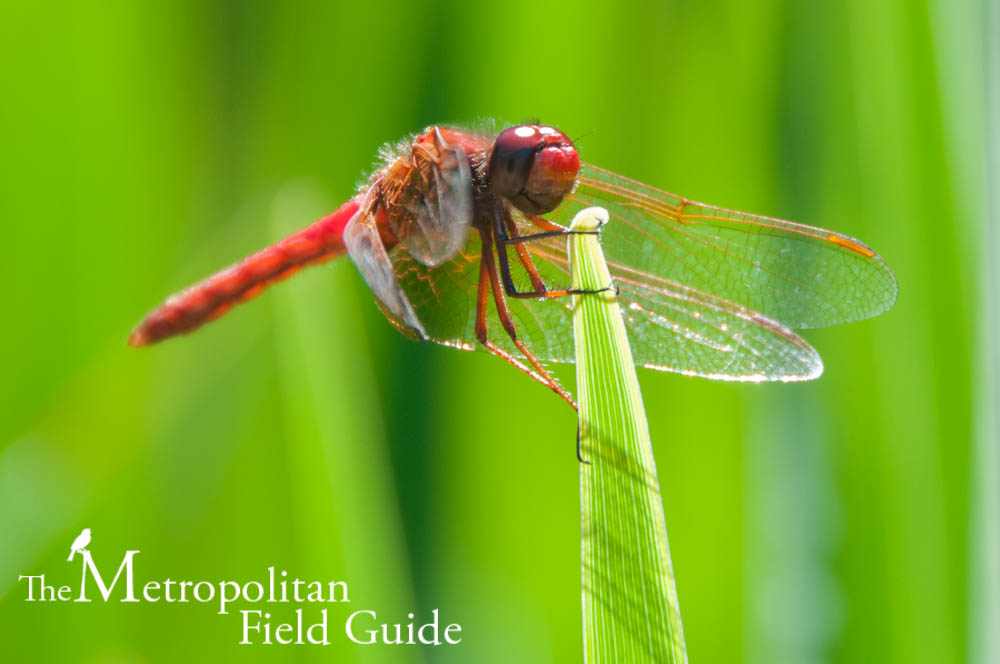






Kelly Senser (http://www.twitter.com/klsnature) said…
I love dragonflies (and damselflies!) too, Kelly. Slowly learning to ID the ones that visit our habitat. Fortunate to have a natural water source nearby and plenty of spots for perching. Happy day! –Kelly
March 4, 2010 4:50 AM
[transferred from previous blog by editor]